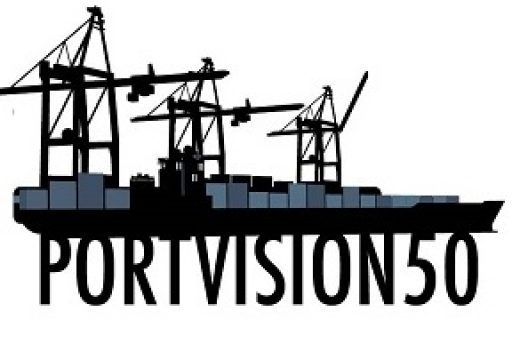Well, we now have a framework…
On July 7th, 2023, was a historic day for the international shipping community. On that auspicious Friday, the International Maritime Organization (IMO) adopted its 2023 IMO GHG Strategy. While it’s certainly stronger than the initial one adopted back in 201 there are certainly a gaggle of cans left at the end of the block.
The 2023 Strategy held to the proposed tenet of a “just and equitable transition”, something that in this context was not even in our vocabulary 5 years ago.
The 2023 IMO GHG Strategy identifies levels of ambition for the international shipping sector noting that technological innovation and the global introduction and availability of zero or near-zero GHG emission technologies, fuels and/or energy sources for international shipping will be integral to achieving the overall level of ambition.
The levels of ambition and indicative checkpoints should consider the well-to-wake GHG emissions of marine fuels as addressed in the Guidelines on lifecycle GHG intensity of marine fuels (LCA guidelines) developed by the Organization1 with the overall objective of reducing GHG emissions within the boundaries of the energy system of international shipping and preventing a shift of emissions to other sectors.
Here in the United States, how these will trickle down via the regulatory rulemaking process remains to be seen.
Stay tuned…
